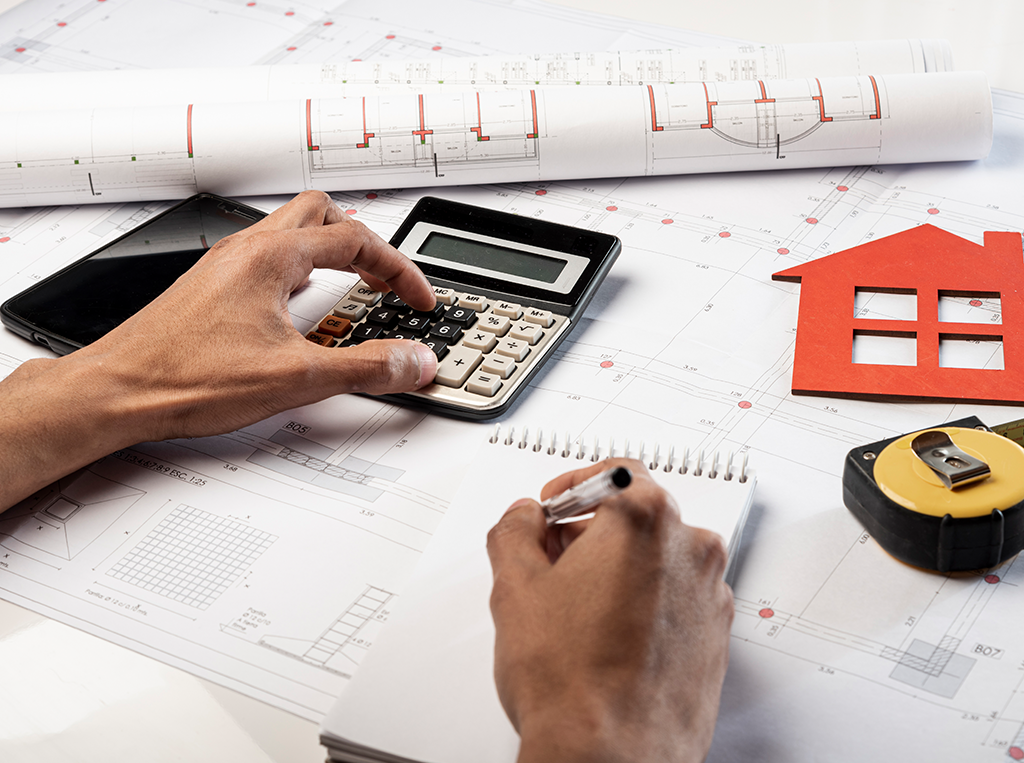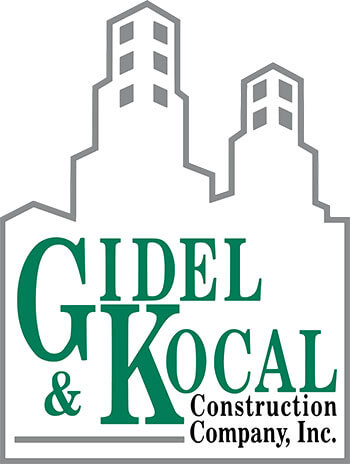At the start of every construction project is a meeting during which the client and the general contractor discuss everything. The budget, target deadlines, construction schedule, specifications, and a host of other details are covered at this time. While this meeting may spur several follow-ups that could require modifications, one of the most critical areas of discussion will be construction costs.
Most clients go into a commercial construction project with a budget for their project in mind. No one wants to spend more than they have to, which is why settling on a contract sum is essential. The contract sum is the price to which the contractor and the client agree upon, and while it covers quite a lot, it doesn’t account for everything that goes into commercial construction costs. Elements such as prime cost sums and provisional sums are impossible to determine when the contract is awarded but they are still components of construction costs. As a client, it is imperative to understand where your money will be going throughout the duration of the project and how it will be allocated. That’s exactly what we’ll explain to you here.
Breaking Down Construction Costs
Identifying how much a construction project is going to cost requires efficient cost planning. This may include initial cost appraisal, elemental cost plans, approximate quantities cost plans, pre-tender estimates, the contract sum, and the final account. Then there are other cost factors clients must consider, including fees, equipment costs, furniture, the cost of moving furniture, interior furnishing, and exterior landscaping and hardscaping.

A qualified construction cost estimator will be able to analyze the scope of the project, the parameters in which the client wants it to be completed, and the logistical components to develop cost estimates.
When entering into any commercial project, there are several types of construction costs clients should be aware of. These can primarily be broken down into two categories: hard construction costs and soft construction costs.
Hard Construction Costs
The costs associated with hard construction are the ones most people would think of when considering a commercial project. They’re directly related to the actual construction work. Materials and labor are two of the most straightforward types of hard construction costs. How expensive will the desired materials be and how much will it cost to hire the most qualified subcontractors for the job? These are the questions to ask surrounding hard construction costs.
Soft Construction Costs
Then there are soft construction costs that are outside the realm of physical construction. These non-tangible items may include architectural services, project management, permit and inspection fees, insurance, legal fees, and post-construction costs.
On average, most commercial construction projects will see about 70-80% of the budget going toward hard costs, with the remaining 20-30% designated for soft costs. Understanding the difference between hard costs and soft costs for commercial construction is especially important for clients seeking financing. Financiers will want to know how their money is being allocated prior to lending it out.
Factors Influencing Cost Allocation
– Explore factors that can impact how money is allocated in construction projects
– Aka contingencies
– Weather
– Personnel costs
– Design changes
– Discuss how project scope, location, and market conditions affect costs
Optimizing Cost Allocation
– Provide tips and strategies for optimizing cost allocation to maximize project value.
– Share how GIdel & Kocal’s expertise can help clients make informed decisions.
